Scottish Abbey: New Abbey
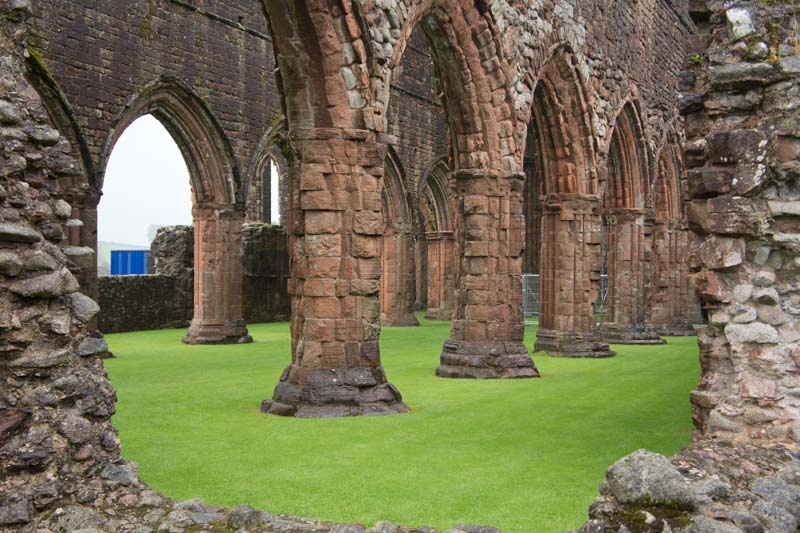
New Abbey
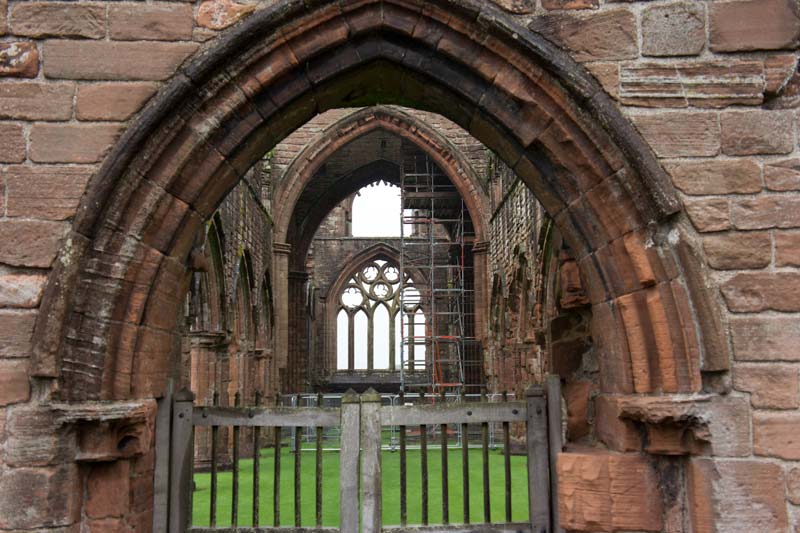
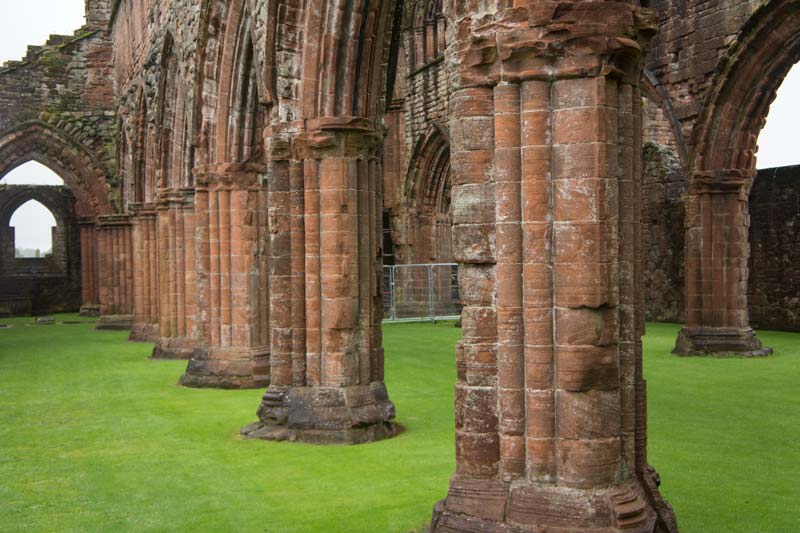
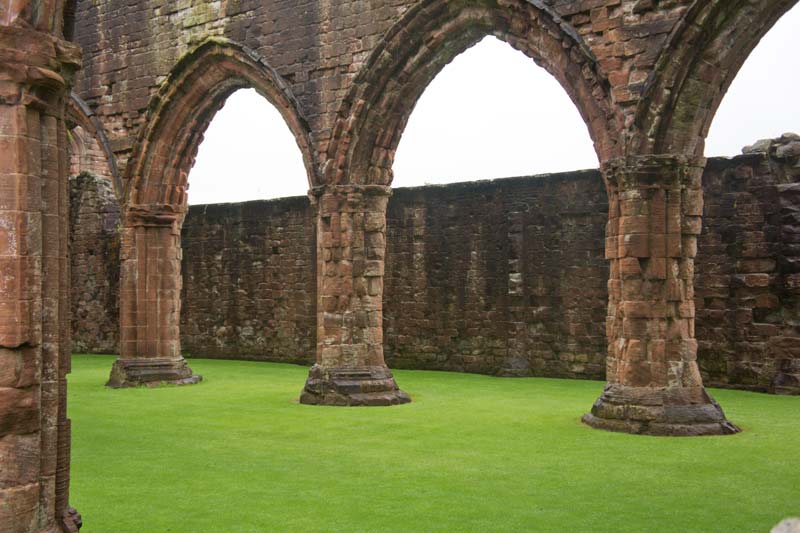

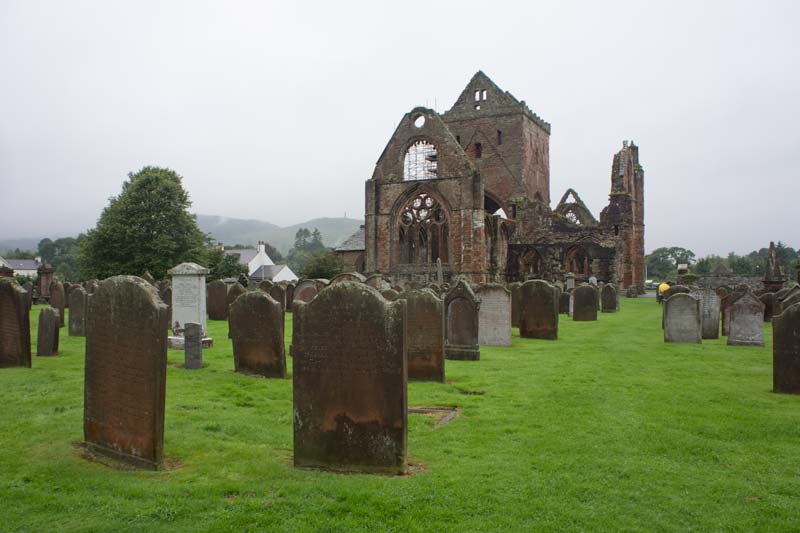
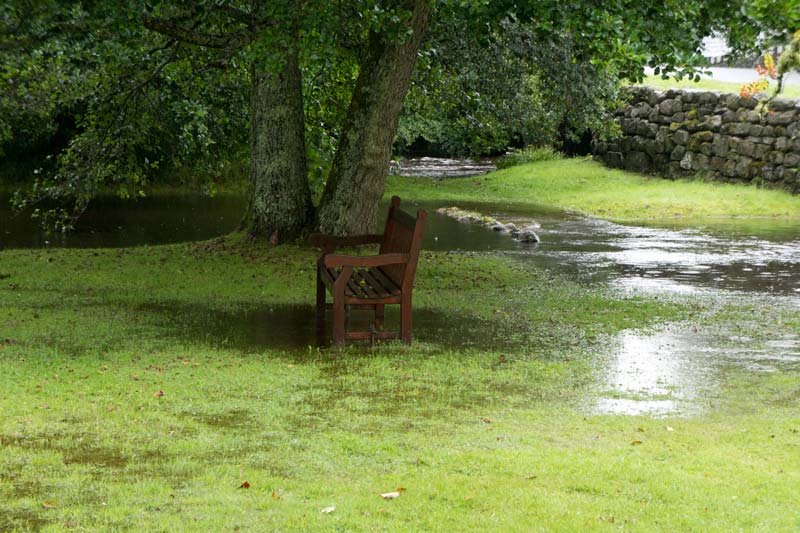
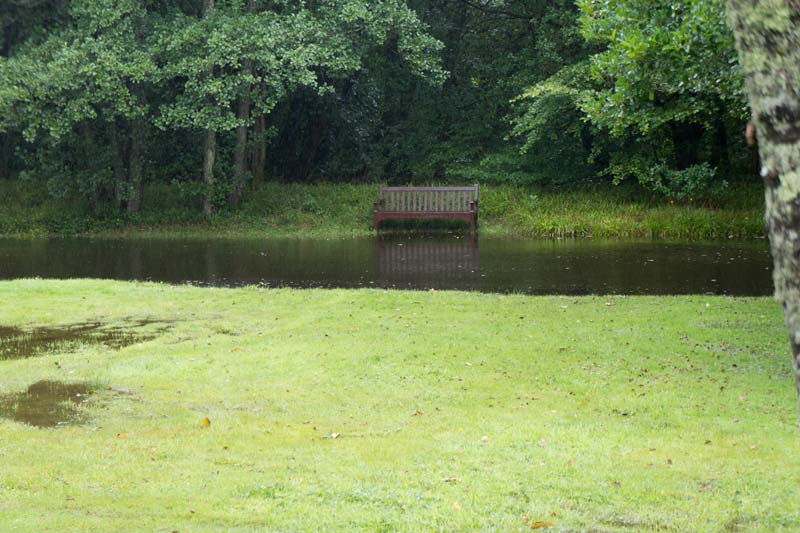
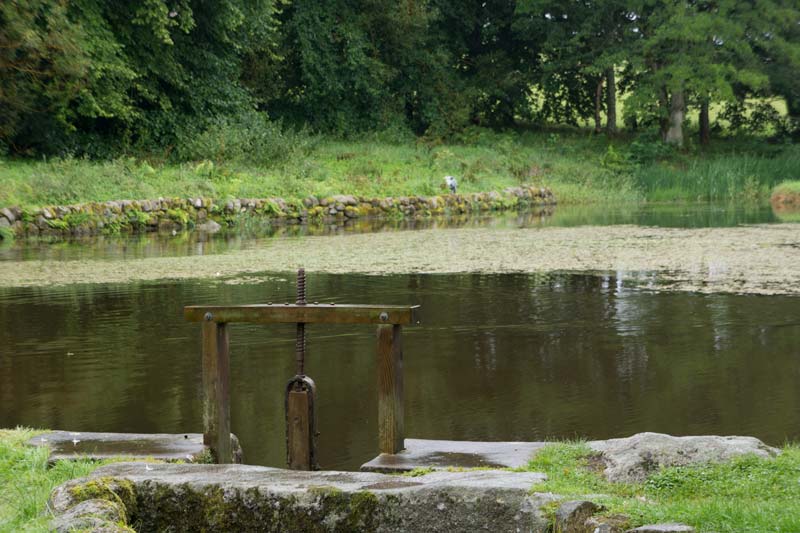
Sweetheart Abbey (Gd: An Abaid Ur), 8 miles (13 km) south of Dumfries, near to the Nith in south-west Scotland, was a Cistercian monastery, founded in 1275 by Dervorguilla of Galloway, daughter of Alan, Lord of Galloway, in memory of her husband John de Balliol. His embalmed heart, in a casket of ivory and silver, was buried alongside her when she died; the monks at the Abbey then renamed the Abbey in tribute to her. Their son, also John, became king of Scotland but his reign was tragic and short. The depredations suffered by the Abbey in subsequent periods, have caused both the graves to be lost. The abbey, built in deep-red, local sandstone, was founded as a daughter house to Dundrennan Abbey; this Novum Monasterium (New Monastery), became known as the New Abbey.
The immediate abbey precincts extended to 30 acres (120,000 m2) and sections of the surrounding wall can still be seen today. The Cistercian order, also known as the White Monks because of the white habit, over which they wore a black scapular or apron, built many great abbeys after their establishment around 1100. Like many of their abbeys, the New Abbey's interests lay not only in prayer and contemplation but in the farming and commercial activity of the area, making it the centre of local life. The abbey ruins dominate the skyline today and one can only imagine how it and the monks would have dominated early medieval life as farmers, agriculturalists, horse and cattle breeders. Surrounded by rich and fertile grazing and arable land, they became increasingly expert and systematic in their farming and breeding methods. Like all Cistercian abbeys, they made their mark, not only on the religious life of the district but on the ways of local farmers and influenced agriculture in the surrounding areas.
The village which stands next to the ruins today, is now known as New Abbey. At the other end of the main street is Monksmill, a corn mill. Although the present buildings date from the late eighteenth century, there was an earlier mill built by and for the monks of the abbey which serviced the surrounding farms.